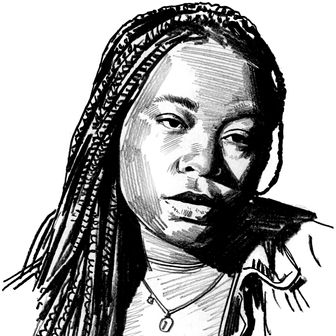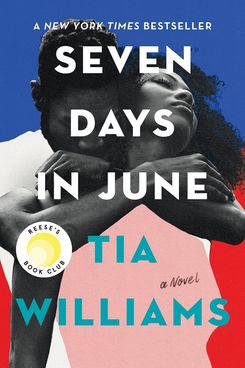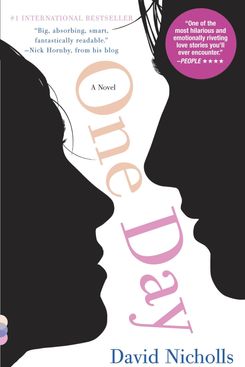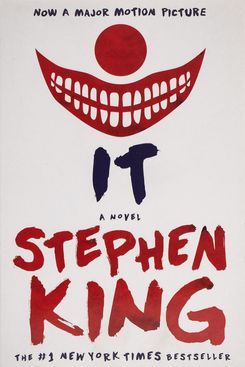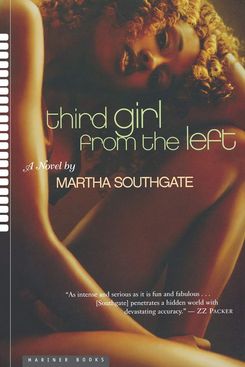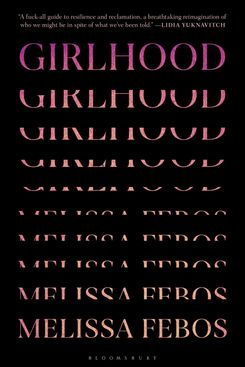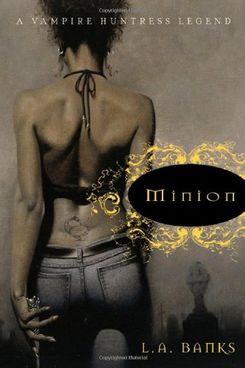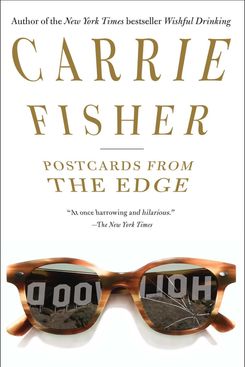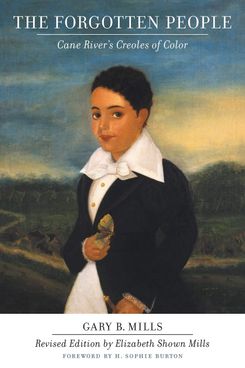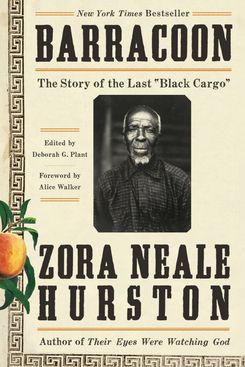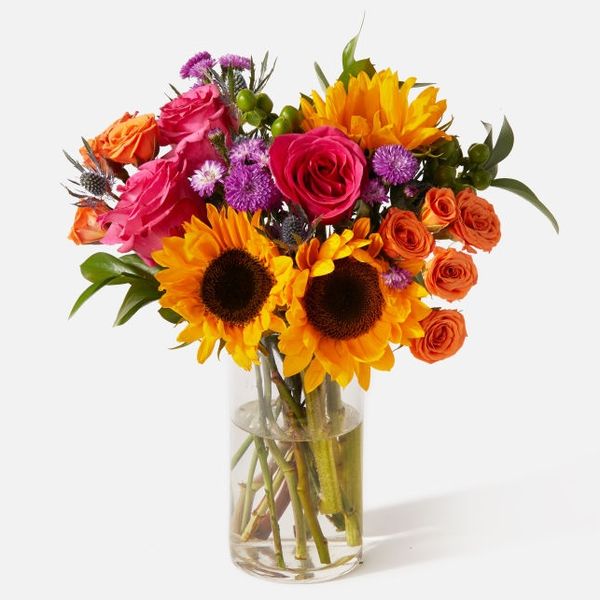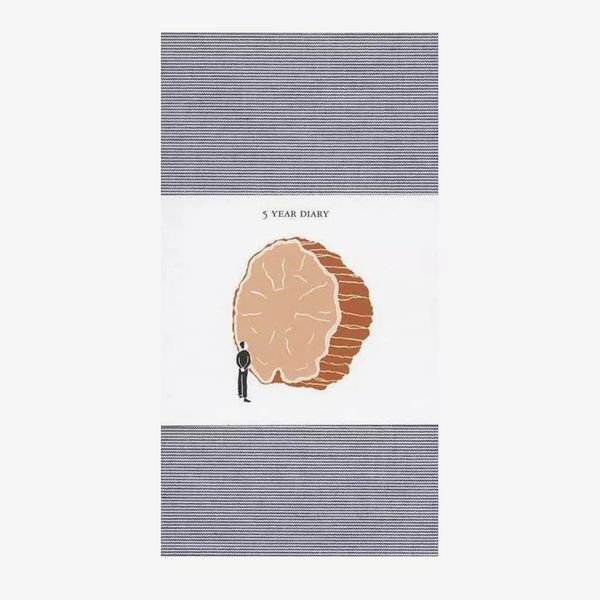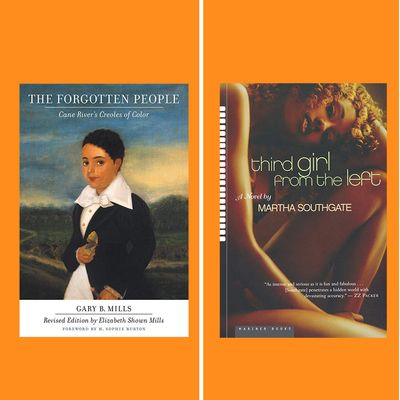
When I read a book, I find myself wondering what books the author read while they were writing it. I’ve long imagined, for instance, that Alice Walker thought fondly of Zora Neale Hurston while writing The Color Purple, or Nicole Dennis-Benn called on Toni Morrison while crafting Here Comes the Sun. Those ruminations led to this series, in which I actually ask the authors of recently released novels, biographies, and nonfiction what books they read while they wrote, and what books they feel their book is in conversation with.
For the fifth installment of this column, I spoke with Tia Williams, author of The Perfect Find, a soon-to-be Netflix film starring Gabrielle Union. Seven Days in June, which was released in June, is her fifth novel. The book follows two long-lost, star-crossed lovers Eva and Shane, who have been separated by time, distance, and an unspoken betrayal only to run into each other again 15 years later at a books panel at the Brooklyn Museum. They’re both writers. Eva writes vampire erotica and Shane is a Colson Whitehead type. In other words, an author with a capital A. The thing about their meeting is that no one knows they share a teenage connection, and so the two spend a big bulk of the novel pretending that no one can see the thing brewing between them.
Williams creates an entire world around the new Black literati and, as a book obsessive, I was excited to be a fly on the wall for a few hundred pages. It’s Black without apology, qualification, or race-related tragedy, and for that I am very grateful. It’s rarer than you think. It’s been a while since I read a book I was delighted by — a book that made me smile wide for no reason because of how touching or cute it is. I wondered what would become of Shane and Eva well after reading the last page. Below, the books Williams read while writing her own — from a When Harry Met Sally–style love story she says is “one of the most romantic books she’s ever read” to a vampire-erotica series from one of the genre’s most important voices.
The book she wrote
The books she read
Williams read One Day by David Nicholls in college and it inspired her to write Seven Days in June. The book opens on July 15, 1988, and then checks in on the same couple on the same day for 20 years. Naturally, things change. Sometimes they’re together, other times they’re seeing other people. “You see the full scope of a relationship over 20 years,” says Williams. “It was so dramatic and a fun, interesting way to deal with a love story. It always stayed with me.” Williams’s novel doesn’t exactly borrow from One Day’s structure, but it does follow the same couple in both the present and past, and weaves a similarly lush, decades-spanning love story.
Williams says Stephen King’s IT taught her how to write. “I feel like Stephen King should be canonized as one of our great American writers,” says Williams. “He really has a knack for realistic dialogue and backstories for each of the characters, no matter how small the part is.” This was important for Williams as she filled out the characters in her world. “Everyone thinks they’re the star of their own story, so you should treat supporting characters with that much reverence. Give them a reason, a fragrance, everything.” IT also influenced the flashback structure in Seven Days in June. King’s book alternates between two timelines — the ’50s and the ’80s — with the past heavily influencing who the characters are as adults. “It gives it a lot of narrative tension.” says Williams. “As Easter eggs are revealed in the past, they come to light in the present as well, which is what I did with Eva and Shane’s stories.”
“This was by my laptop as I was writing,” says Williams of Third Girl From the Left, which she says was before its time. “When this book came out in 2006, I don’t think that the publishing world was ready to receive it. If it came out today, it’d be a New York Times best seller.” The novel is divided into three stories and focuses on three generations of women from the same family. There’s the grandmother, Mildred, who saw her mother’s murder during the Tulsa Race Massacre; Angela, her daughter who runs away from Tulsa to be a movie star and falls in love with her roommate Sheila; and her daughter, Tamara, who’s raised by both Angela and Sheila. Tamara wants to be Spike Lee and goes to film school. “I loved the whole matriarchal lineage narrative,” says Williams. “It informed Eva and her mother and her grandmother more than I can even say.”
Girlhood came out while Williams was doing revisions. She describes the book, which tackles the forces that shape girls into women through a mix of reporting, memoir, and criticism, as an “anecdotal yet academic exploration of the treacherous road from girlhood to womanhood.” It was helpful, she says, for navigating the mother-daughter relationships in Seven Days in June. “They can be fraught, but at the end of the day, it’s still your mom or daughter. You have to fight for those relationships sometimes. And sometimes you have to learn how to let them go.”
To familiarize herself with the world of vampire erotica, Williams dove headfirst into the Minion series by L.A. Banks. She came across the series through research for her book. “She’s massive in that genre,” she explains. “It helped me build out what Eva’s Cursed world is. I wouldn’t have really known how to create the vampire-witch love story if I hadn’t read L.A. Banks.”
“Carrie Fisher is one of my writing heroes,” says Williams. “She’s like a latter-day Dorothy Parker — famous wit and so snappy.” Postcards From the Edge is a fictionalized retelling of Fisher coming out of rehab in the ’80s. The book was particularly helpful to Williams when fleshing out the relationship between Eva and her mother, Lizette. She, similarly to Fisher’s Suzanne Vale, is a flighty movie star. “A lot of the conversations in [Postcards From the Edge] inform Eva and Lizette’s relationship. It’s like they’re talking to each other from different planets.”
“I grew up going down to Cane River to visit, and there’s nothing more that the elders of Canterbury like to do than sit around and tell stories.” These stories inspired Eva’s background and gave Williams the inspiration for the fictional town of Belle Fleur. The book The Forgotten People helped her to fill in the details. “I had all the stories in my mind, but I wanted hard facts about Creole history and where free people of color sit in American history.”
Barracoon was published in 2018 and is based on Zora Neale Hurston’s interviews with Cudjo, the last presumed living survivor of the Middle Passage. He lives in the small town of Plateau, Alabama, a town populated by formerly enslaved people. Through interviews, she brings his world and story to life. “It’s so colorful and evocative and dripping in detail and color. It reads like fiction,” she says. Williams also loved that the book, despite occurring in 1927 in the midst of Jim Crow, managed to share Cudjo’s story without centering whiteness. “To see these people living and working and loving, getting married, having kids and burying their elders in a place where white people were on the outskirts was really beautiful.” Though Hurston’s work and Seven Days in June don’t share any thematic similarities, Williams was inspired by Hurston’s focus on the mundanity of Black life and pulled that into her work. “It’s about Black creatives in Brooklyn writing the way they want to write, raising their kids how they wanna raise them, and being as fancy as they want to be. That town birthed this one.”
The Strategist is designed to surface the most useful, expert recommendations for things to buy across the vast e-commerce landscape. Some of our latest conquests include the best acne treatments, rolling luggage, pillows for side sleepers, natural anxiety remedies, and bath towels. We update links when possible, but note that deals can expire and all prices are subject to change.
